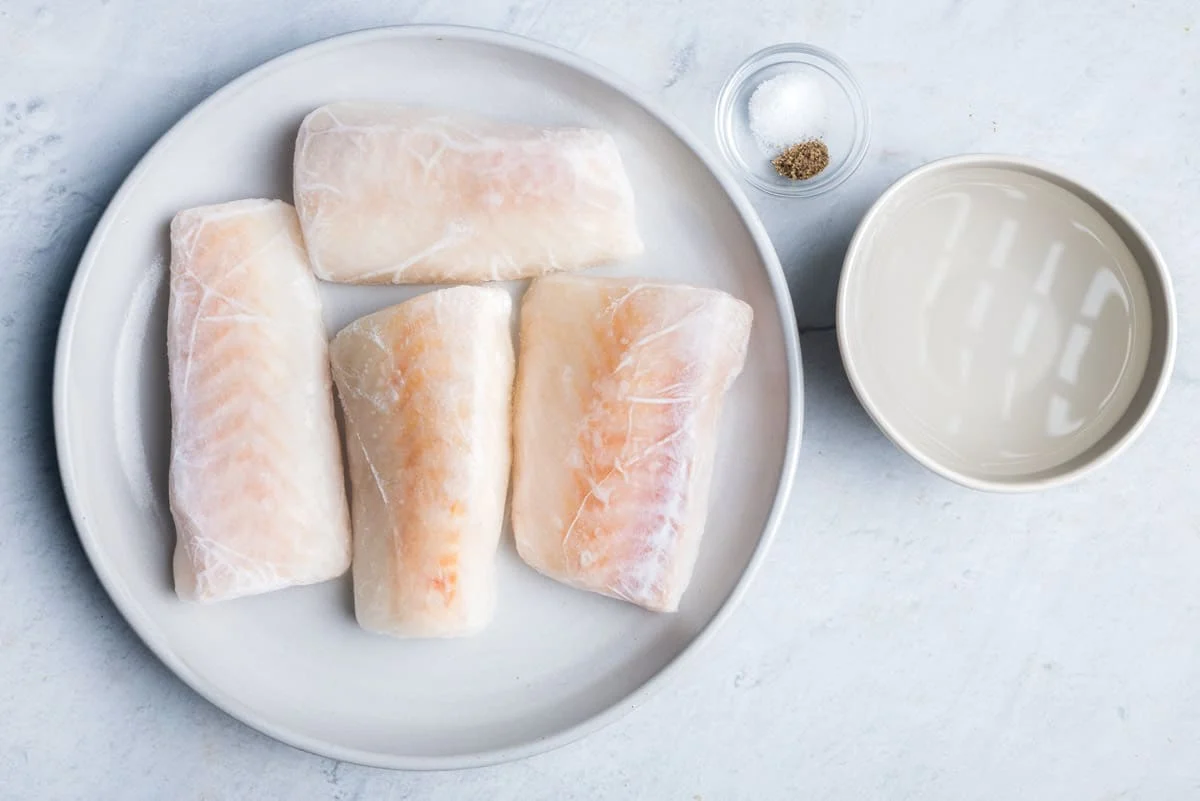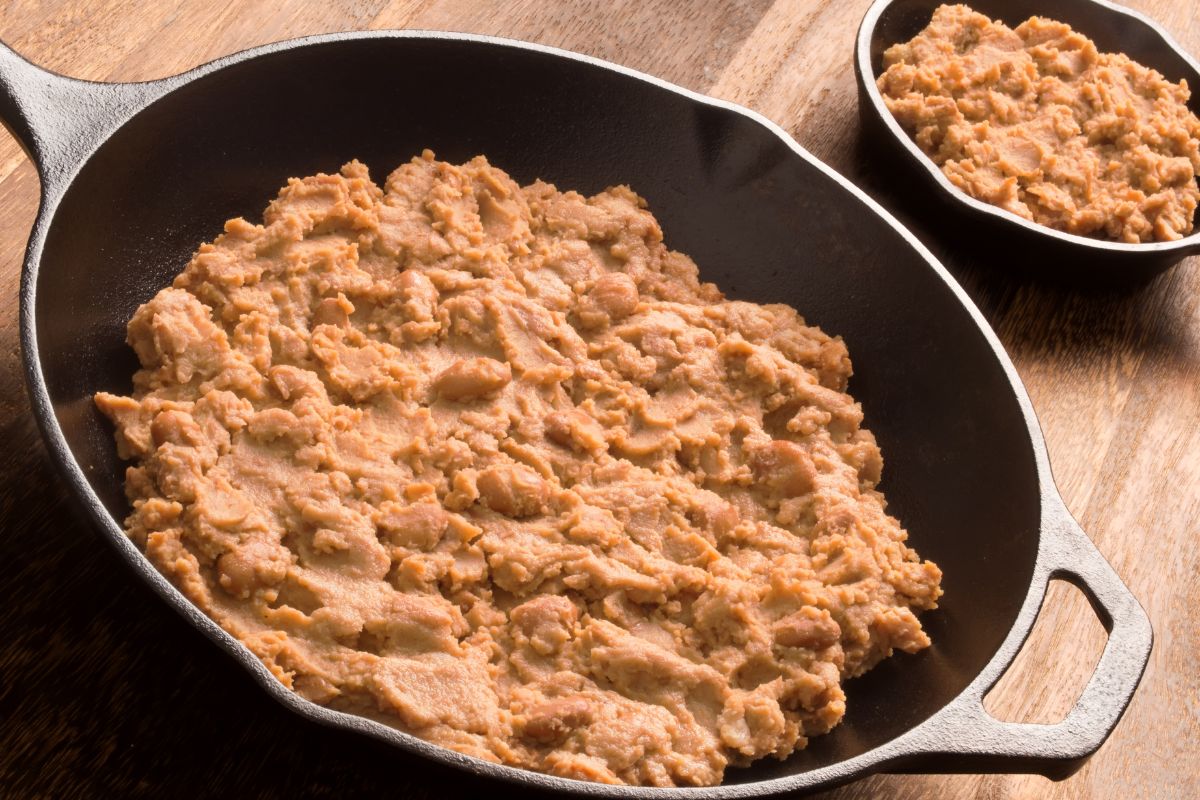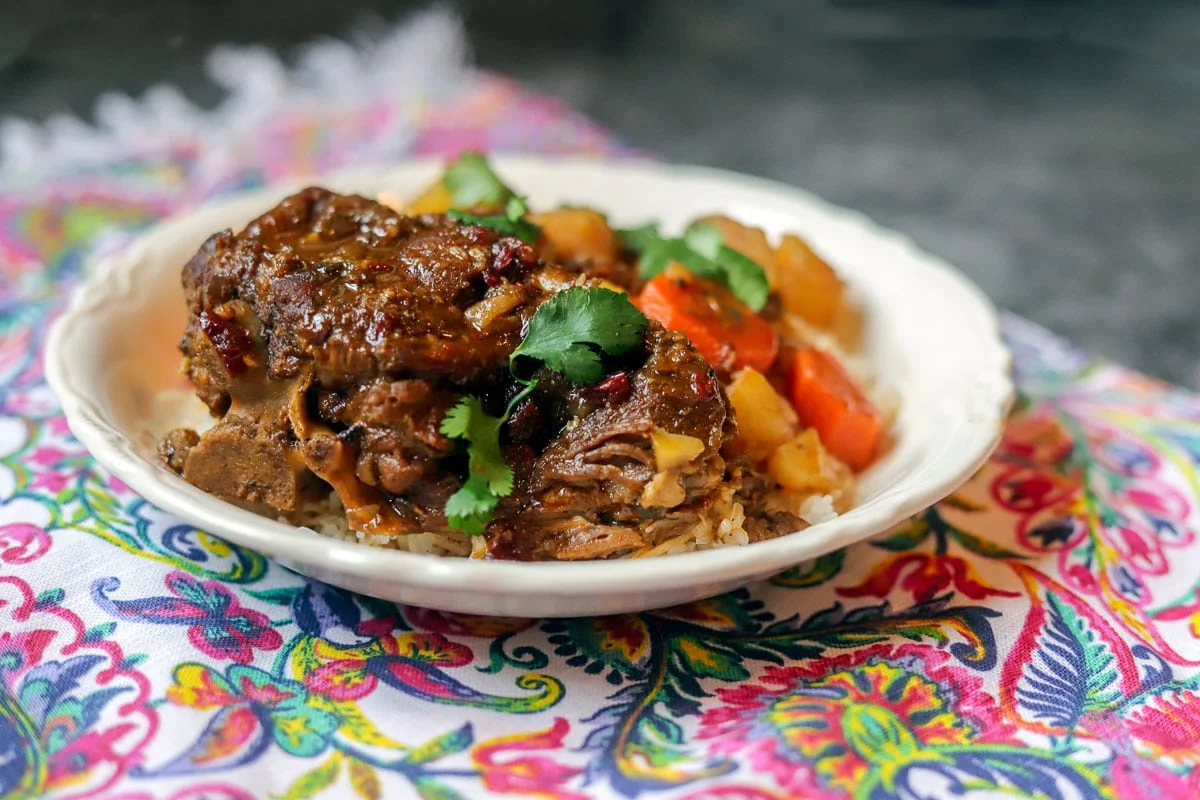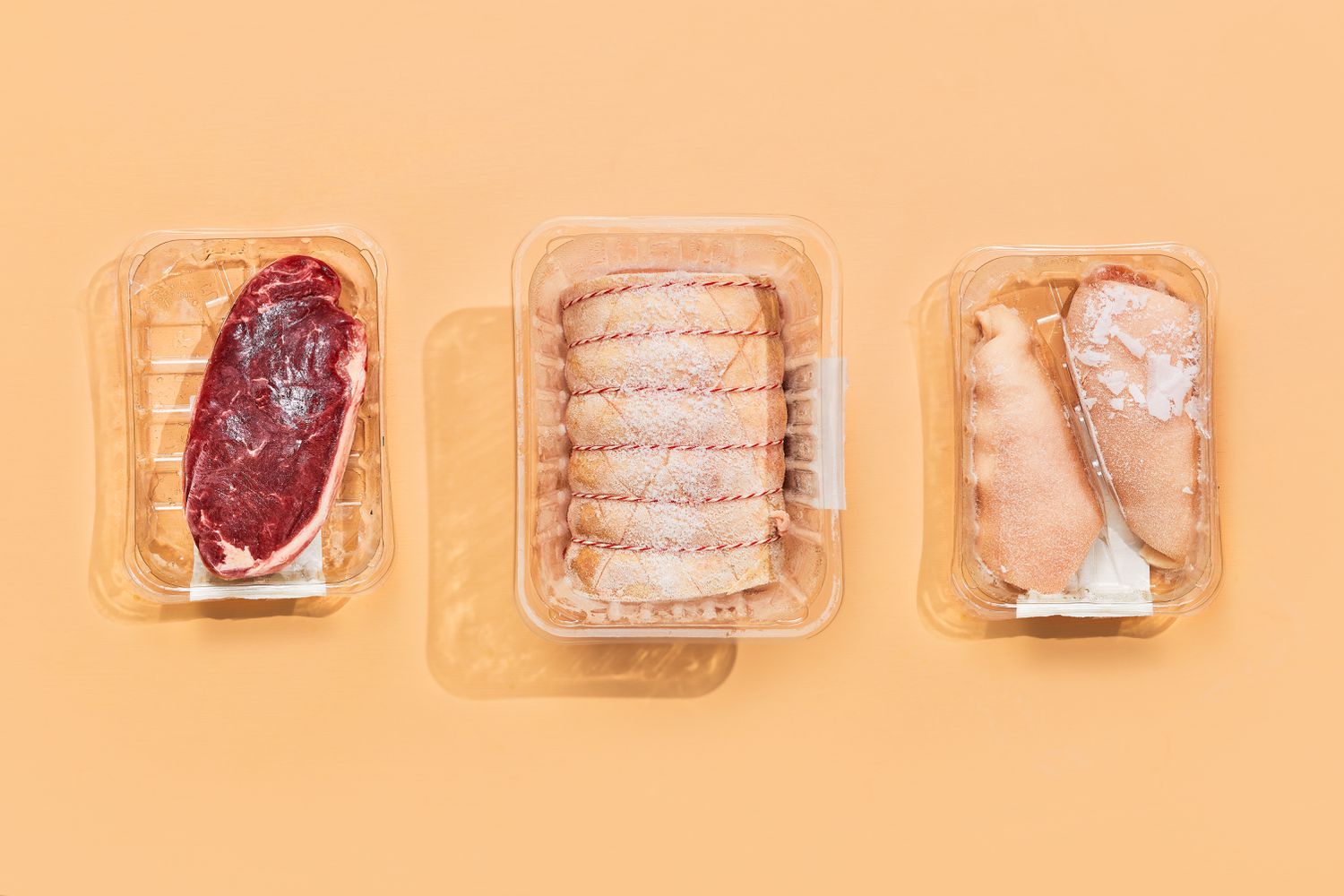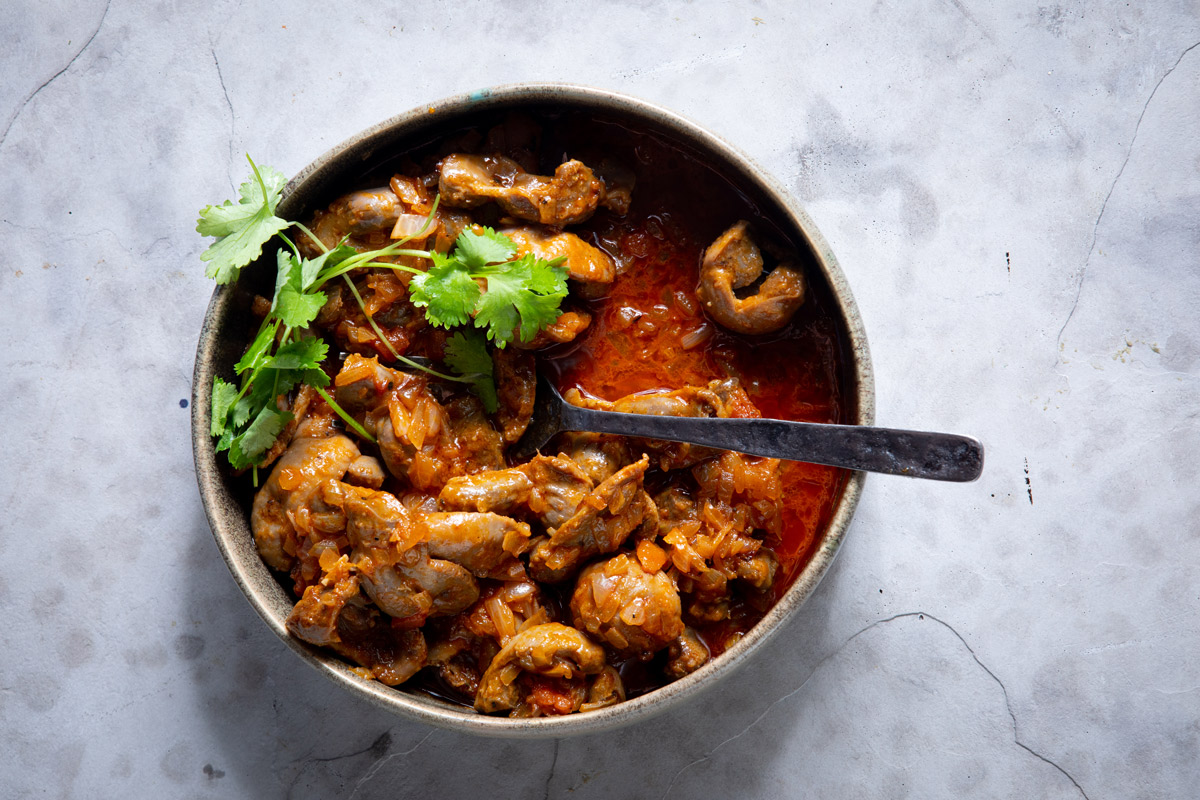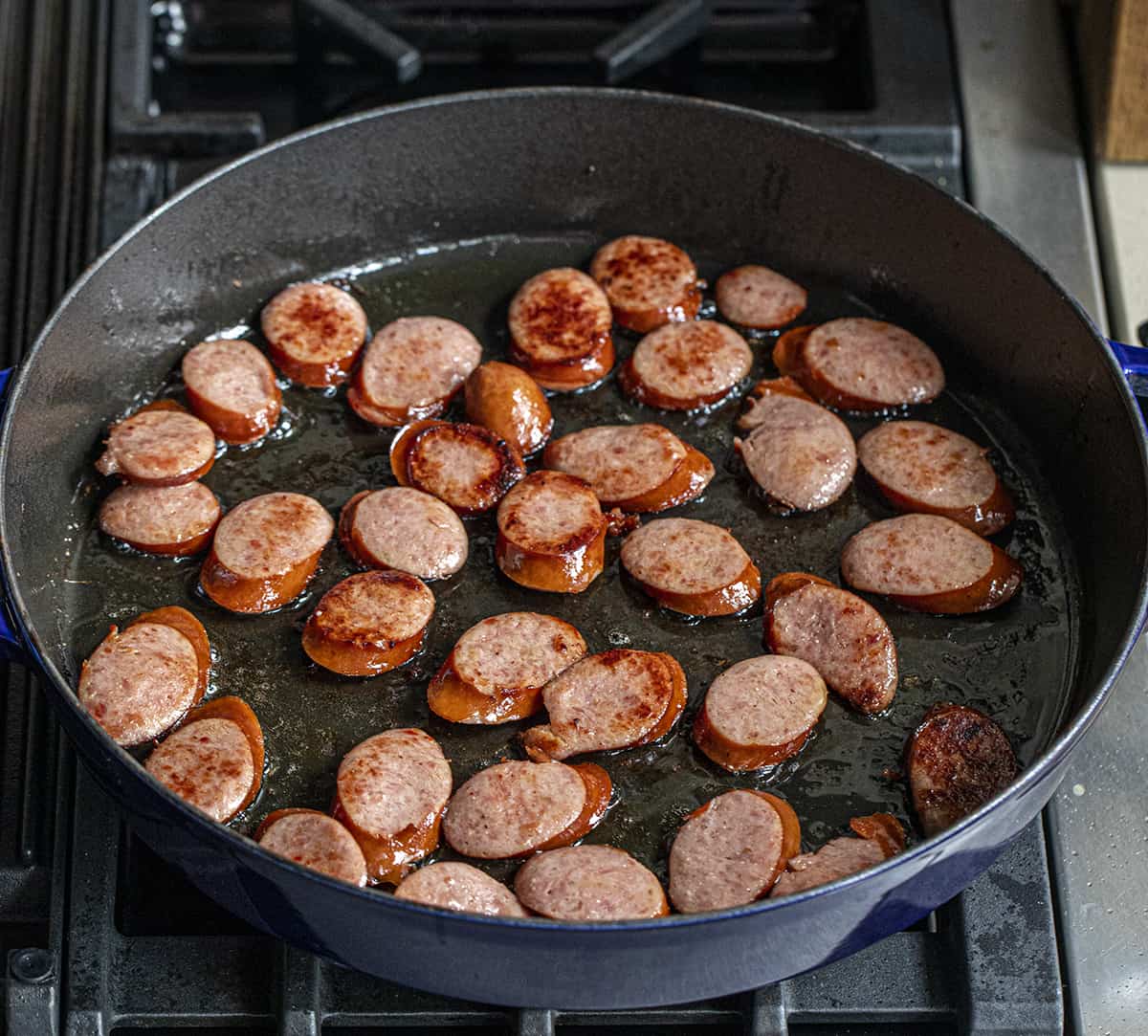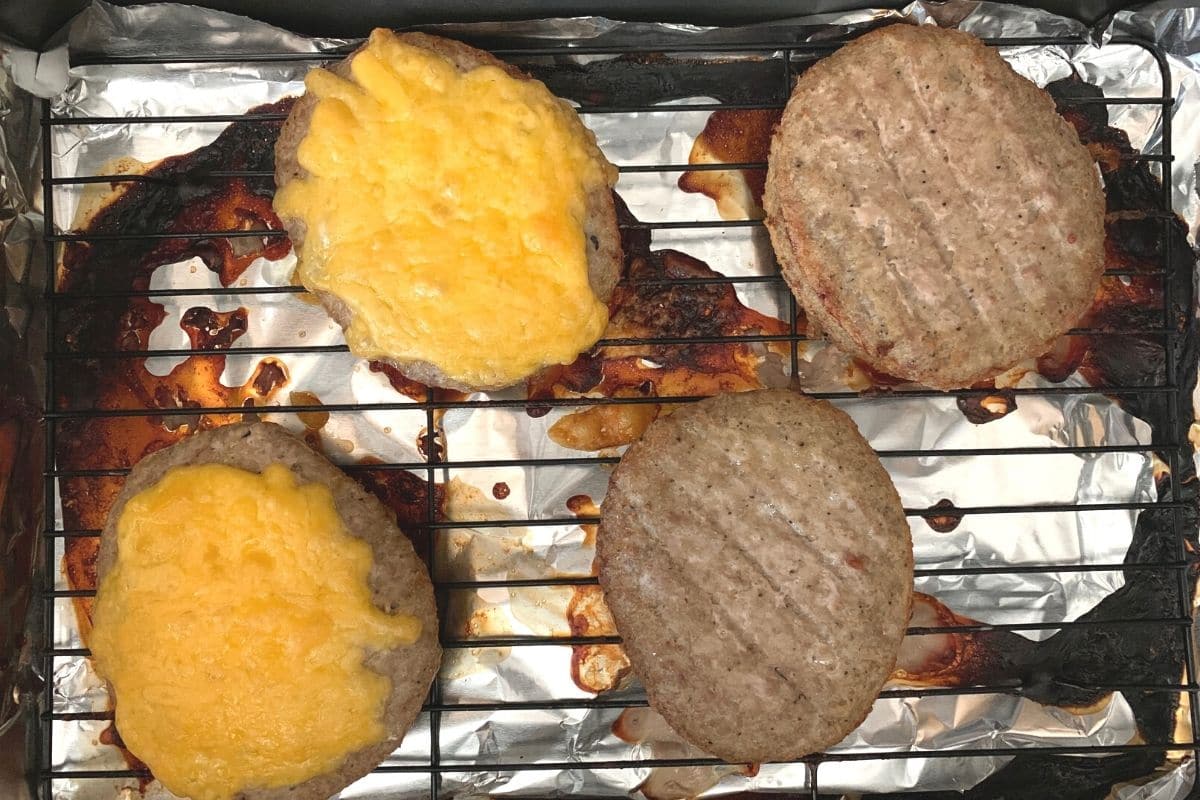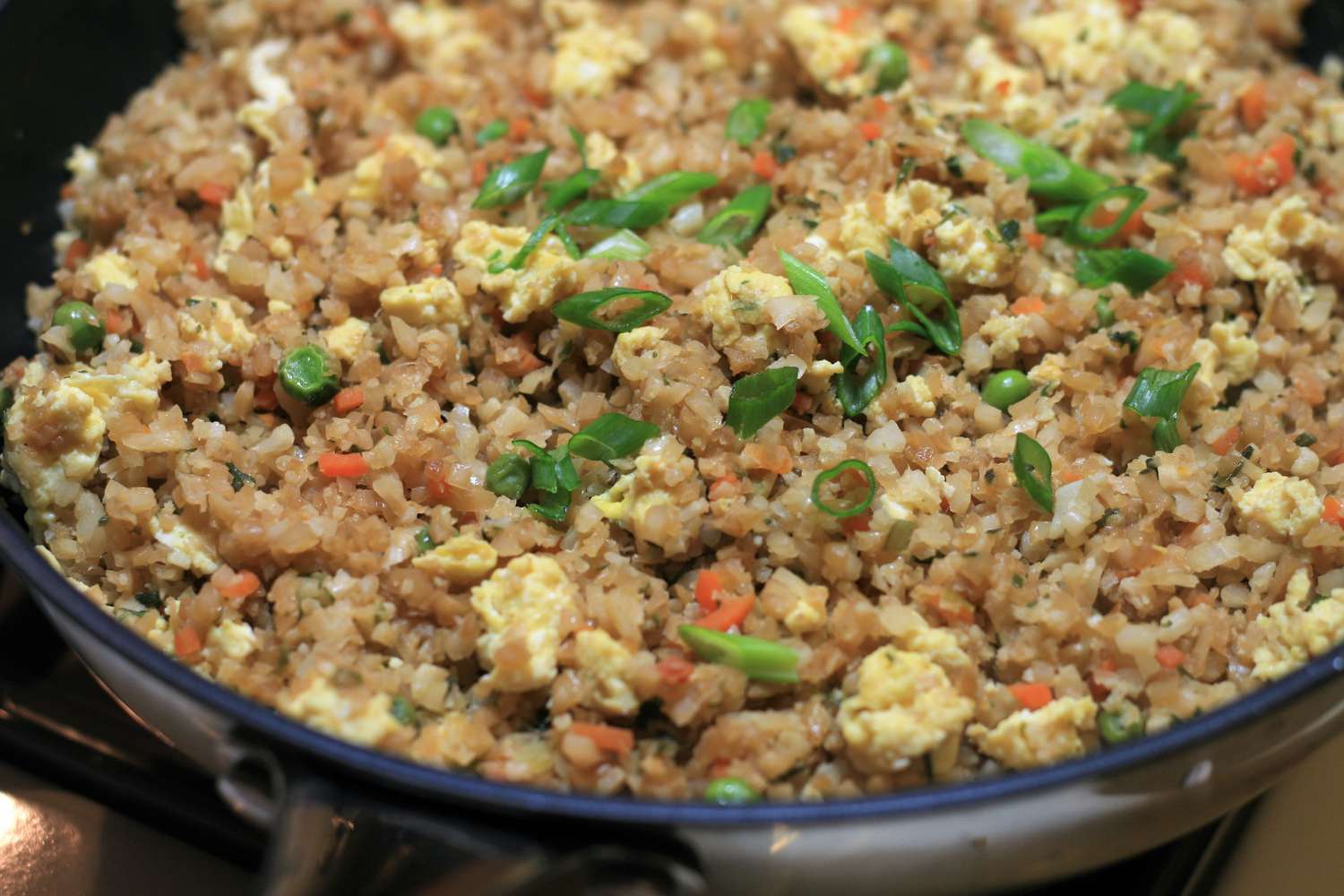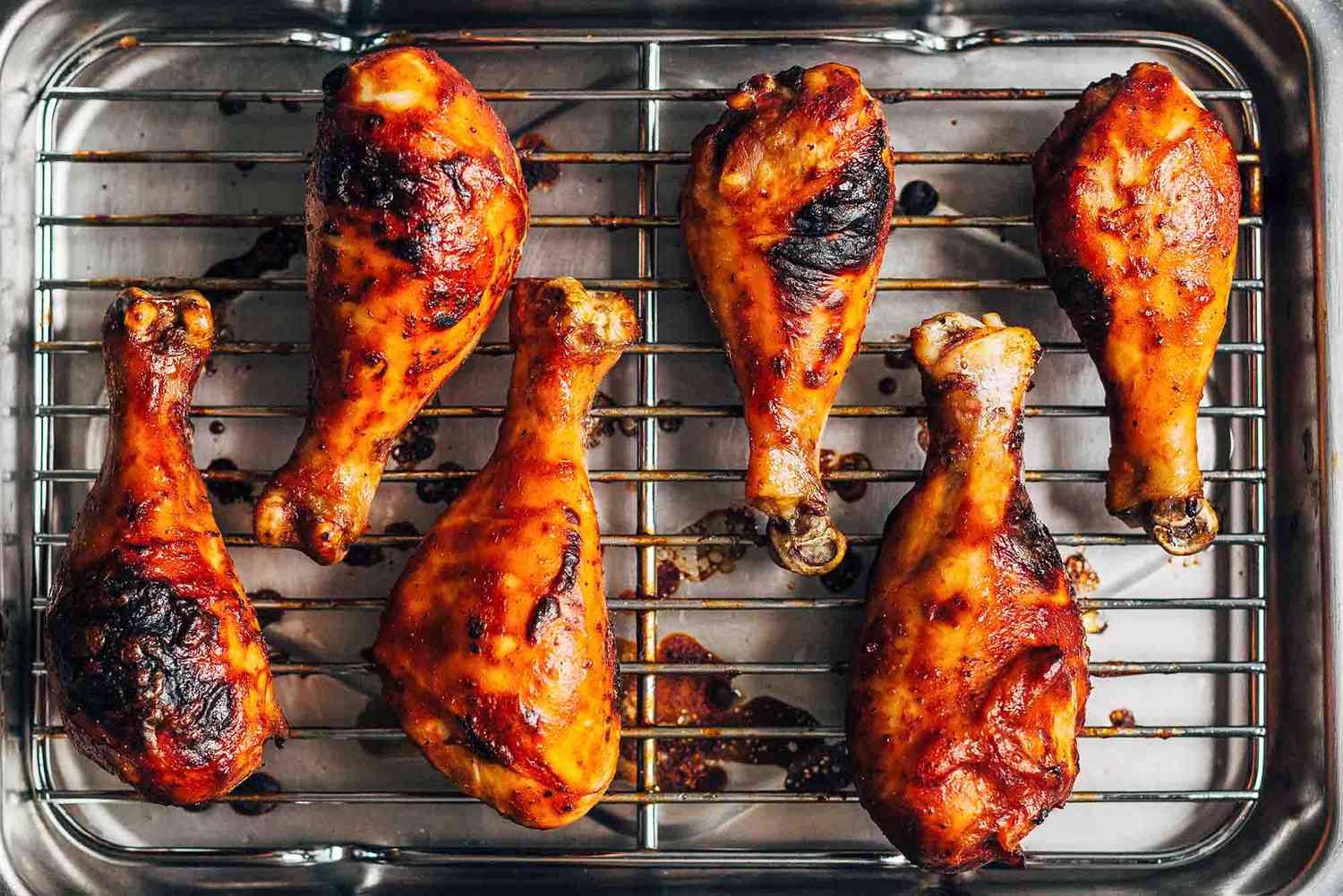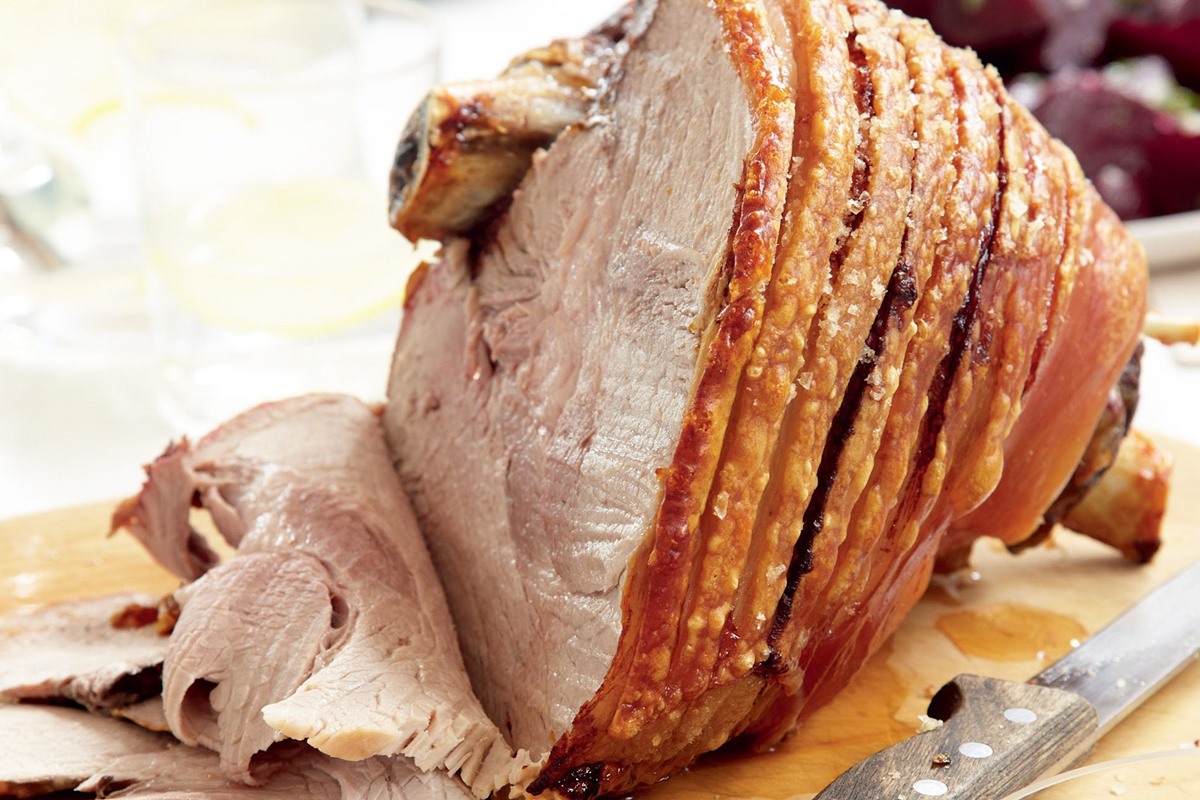Cooking bear sausage is an adventure for any amateur chef, blending rich flavors with unique culinary techniques. This game meat, known for its distinctive taste, requires careful preparation to ensure both safety and deliciousness. Whether you're planning to fry, grill, or bake, understanding the basics of handling and cooking bear sausage can elevate your dish from good to unforgettable. In this guide, we'll walk through essential tips for making bear sausage that's not only safe to eat but also bursting with flavor. Perfect for a hearty breakfast or a savory dinner, let's get started on mastering the art of cooking bear sausage.
Gather Your Ingredients for Bear Sausage
- Bear sausage (1 pound)
- Olive oil (2 tablespoons)
- Garlic (2 cloves, minced)
- Onion (1, diced)
- Bell peppers (2, any color, sliced)
- Tomatoes (2, diced)
- Salt (to taste)
- Black pepper (to taste)
- Red pepper flakes (optional, for heat)
- Fresh herbs (like parsley or basil, for garnish)
Essential Tools for Crafting Bear Sausage
- Skillet or Frying Pan: Ideal for browning or frying sausages to perfection.
- Meat Thermometer: Ensures bear sausage reaches a safe internal temperature of 160°F (71°C) to avoid any health risks.
- Tongs: Provides a safe way to turn sausages without puncturing them, keeping all those delicious juices inside.
- Cutting Board: Useful for slicing sausages if needed, either before or after cooking.
- Sharp Knife: For cutting into the sausage to check doneness, if you prefer not using a meat thermometer.
- Oven-Safe Dish: For those who opt to finish cooking in the oven, ensuring even heat distribution.
- Aluminum Foil: Handy for covering the dish if finishing sausages in the oven, keeping moisture in.
- Paper Towels: Helps in blotting excess oil off the sausages after frying for a less greasy finish.
- Grill: An alternative cooking method for those who prefer the smoky flavor of grilled sausages.
- Grill Tongs: Essential when grilling to turn sausages safely and efficiently.
- Baking Sheet: For oven roasting, providing a flat surface that accommodates multiple sausages at once.
- Wire Rack: Placed on a baking sheet for oven roasting, allowing heat to circulate around the sausages for even cooking.
Cooking bear sausage requires thorough heating to an internal temperature of 160°F to ensure safety. Pan-frying or grilling over medium heat, turning occasionally, achieves juicy, flavorful results. Always cook fully before tasting.
The Benefits of Homemade Bear Sausage
Cooking bear sausage properly is crucial due to its unique flavor and texture. This meat, richer and gamier than pork or beef, requires careful preparation to ensure it's both safe and delicious. Understanding the right techniques can transform this wild game into a culinary delight, elevating any meal.
Safety is paramount when handling bear meat, as it can harbor trichinella parasites. Thorough cooking eliminates this risk, making the sausage safe for consumption. Mastery of these cooking methods not only ensures a healthful dish but also respects the integrity of the wild game, showcasing its distinctive taste.
Your Guide to Making Bear Sausage
Cooking Bear Sausage: A Step-by-Step Guide
-
Select Fresh Bear Sausage: Ensure sausages are from a reputable source, emphasizing freshness and quality.
-
Thaw Safely: If frozen, thaw bear sausages in the refrigerator overnight, not at room temperature, to prevent bacterial growth.
-
Preheat Cooking Surface: Whether using a skillet, grill, or oven, preheat to medium heat. For ovens, 350°F works well.
-
Prepare Sausages: Lightly oil sausages or coat with a thin layer of cooking spray to prevent sticking during cooking.
-
Cooking on Stovetop: Place sausages in a skillet over medium heat. Turn every few minutes for even cooking. Cook until browned and internal temperature reaches 160°F, usually about 15 to 20 minutes.
-
Grilling Method: Place sausages on a preheated grill over medium heat. Grill, turning occasionally, until evenly browned and internal temperature hits 160°F, approximately 15 to 20 minutes.
-
Baking in Oven: Arrange sausages on a baking sheet. Bake in a preheated oven at 350°F, turning once, until they reach an internal temperature of 160°F, about 20 to 25 minutes.
-
Check Doneness: Use a meat thermometer to ensure sausages have reached a safe internal temperature of 160°F, crucial for bear meat.
-
Rest Before Serving: Let sausages rest for a few minutes after cooking. This step allows juices to redistribute, enhancing flavor and moisture.
-
Serve: Enjoy your bear sausages hot, with sides or condiments of your choice.
Safety Tips
-
Always Cook to Safe Temperature: Bear meat must reach an internal temperature of 160°F to ensure safety from trichinosis, a concern with wild game.
-
Clean Cooking Surfaces: After preparing bear sausage, thoroughly clean all surfaces and utensils to prevent cross-contamination.
-
Store Properly: Keep uncooked bear sausages refrigerated and consume or freeze within a few days of purchase.
Bear Sausage Cooking Tips
-
Avoid Overcooking: Overcooking can dry out the sausage, so monitor closely and remove from heat once the safe internal temperature is reached.
-
Experiment with Flavors: Bear sausage pairs well with a variety of herbs and spices. Feel free to experiment to find your preferred taste.
-
Use in Dishes: Beyond serving as is, consider slicing cooked bear sausage and adding to pastas, stews, or casseroles for added flavor and protein.
Mastering Bear Sausage Preparation
Cooking bear sausage is an adventure in flavors, blending the wild essence of bear meat with the comforting familiarity of sausage. Whether you choose to pan-fry, bake, or grill, the key is in managing the cooking temperature and time to ensure a juicy, flavorful outcome. Remember, bear meat requires thorough cooking to a safe internal temperature to avoid any health risks. Experimenting with different herbs and spices can elevate the taste, making each bite a delightful experience. Pairing your bear sausage with the right sides, like roasted vegetables or a hearty salad, can turn a simple meal into a feast. So, grab your skillet or fire up your grill, and embark on a culinary journey that promises to enrich your cooking repertoire and tantalize your taste buds. Cooking bear sausage isn't just about the meal; it's about the story you'll tell through your flavors.
More Delicious Ways to Enjoy Bear Sausage
Once you've mastered the basics of cooking bear sausage, it's time to get creative in the kitchen. For breakfast lovers, the Hearty Morning Casserole is a must-try, combining hearty bear sausage with eggs and cheese for a satisfying start to the day. If you're in the mood for something more adventurous, the Smoky Sausage Pizza offers a delightful twist on traditional pizza with its unique smoky flavor. For a comforting meal, consider the Comforting Sausage Stew, perfect for chilly evenings. Each recipe leverages the robust flavors of bear sausage, providing delicious ways to enjoy this unique ingredient.
All Your Questions About Bear Sausage Answered
Can I cook bear sausage like regular pork or beef sausage?
Sure thing! Bear sausage can be cooked in similar ways to pork or beef sausage, but remember, it's crucial to ensure it's well-done due to its wild nature. Grilling, frying, or baking at a minimum internal temperature of 160°F will do the trick, keeping it juicy and flavorful.
What's the best method to keep bear sausage from drying out while cooking?
Keeping bear sausage moist is all about low and slow cooking. Try simmering it in a bit of water or beer on the stove before browning it. This method helps lock in moisture, making the sausage tender and delicious.
Are there any specific seasonings or herbs that complement bear sausage well?
Absolutely! Bear sausage pairs wonderfully with robust herbs and spices. Think sage, rosemary, thyme, or a dash of cayenne for a kick. These seasonings enhance the rich flavors without overpowering the meat.
Can bear sausage be used in pasta dishes?
For sure, bear sausage makes a hearty addition to pasta. Slice or crumble it into your sauce for a savory twist. Its bold flavor stands up well in tomato-based sauces, adding a wild touch to your spaghetti or lasagna.
Is it safe to eat bear sausage medium rare?
Nope, eating bear sausage medium rare isn't recommended. Unlike beef, bear meat needs to be thoroughly cooked to prevent trichinosis, a foodborne illness. Always aim for an internal temperature of 160°F to ensure it's safe to eat.
How long can I store cooked bear sausage in the fridge?
Cooked bear sausage will keep in the fridge for about three to four days. Make sure it's wrapped tightly or stored in an airtight container to maintain its best quality. For longer storage, freezing is a great option.
Can I freeze bear sausage?
Definitely, freezing bear sausage is a great way to extend its shelf life. Wrap it tightly in plastic wrap or a freezer bag, and it'll stay good for up to three months. Just thaw it in the fridge overnight when you're ready to use it.
Was this page helpful?
Read Next: How To Cook Potatoes On A Blackstone Griddle
